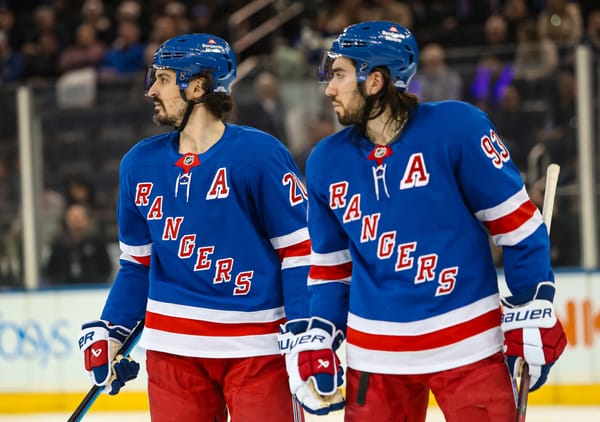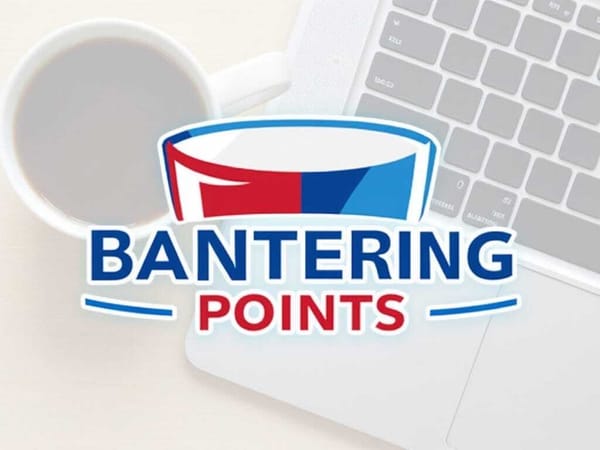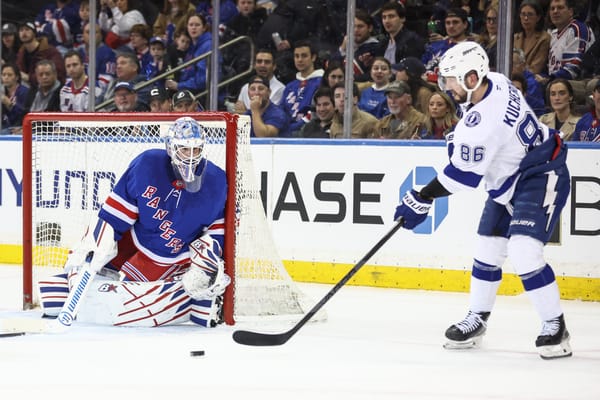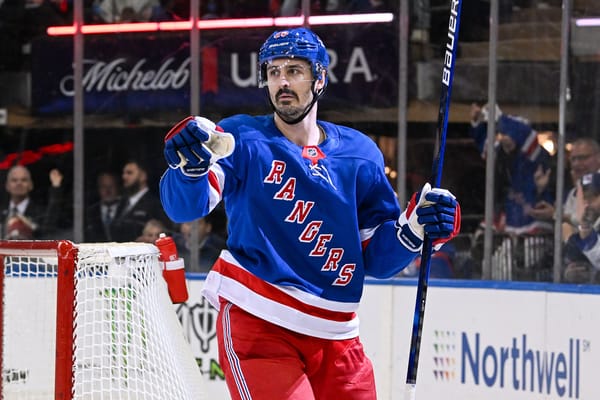Two Teams At Different, But Familiar, Crossroads
When you look at the previous decade, the Rangers and Devils have followed two different paths when constructing rosters. The Devils always kept that same core, while inserting a new young player every year in place of a departed veteran. The system always worked, and the Devils kept winning with what they had. The Rangers always filled holes with expensive free agents or expensive trade acquisitions, and these hired guns could never build chemistry with any of the other hired guns brought in. There was no system in New York, and the results showed.
My how things have changed.
Arthur Staple made a great comparison of the two teams as currently constructed. Those same paths are being followed, but it looks like a parallel universe, as it is the Rangers that are inserting young players in place of departed veterans, and the Devils filling out the roster with expensive free agents or trades.
Expanding on Staple’s article, the Devils have filled out this year’s roster by re-signing Ilya Kovalchuk to an egregious contract, which came after dealing two young core pieces (Niklas Bergfors, Johnny Oduya) to Atlanta to get him. They traded for Jason Arnott in the offseason, and signed Henrik Tallinder and Anton Volchenkov to fill out the blue line. These acquisitions have come on top of overpaying for guys like Dainius Zubrus and Brian Rolston in previous years. All of a sudden, the Devils are the team lacking young firepower, outside of Zach Parise and Travis Zajac. Core guys like Jay Pandolfo and John Madden have been shown the door, with captain Jamie Langenbrunner rumored to be the next to go. The Devils always won with chemistry, this year there is no chemistry. There is no system either. The Devils have had more head coaches than Lindsay Lohan has had rehab trips. Does the idea of attempting to get mercenaries to play in a non-existent system sound familiar? It should.
The Rangers are the exact opposite this year. The Rangers retained core players Marc Staal and Dan Girardi in the offseason, and added rookies Derek Stepan and Michael Sauer to the mix. In the previous season, the Rangers retained Brandon Dubinsky and Ryan Callahan, while adding rookies Artem Anisimov, Michael Del Zotto, and Matt Gilroy. Bad contracts like Donald Brashear and Ales Kotalik have been jettisoned, in trades that brought back Brandon Prust and veteran Todd White (on an expiring contract). Wade Redden has been replaced by a combination of Sauer and Steve Eminger (acquired for the low price of Aaron Voros). To fill other holes, the Rangers spent smart, committing just one year to enigmatic winger Alex Frolov. Sure, the Derek Boogaard signing looks to be a bit on the long side –four years is a lot for an enforcer– but when he is on the ice, no one messes with Henrik Lundqvist.
In the AHL, the Rangers have four prospects who should be on the roster next season, if not sooner, in Mats Zuccarello-Aasen, Evgeny Grachev, Ryan McDonagh, and Dale Weise. Weise is the wild card in this group, but he should compete for a job next season. The three forwards will replace veterans Todd White, Vinny Prospal, Alex Frolov, and Ruslan Fedotenko. McDonagh will replace veteran Steve Eminger. The Rangers are replacing veterans with prospects and high-end talent. In two years, when the likes of Chris Drury and Michal Rozsival have expiring contracts, players like Chris Kreider, who might score 50 goals for a few seasons, and Pavel Valentenko are going to be ready to take their place. This outlook doesn’t even include prospects like Ethan Werek, Christian Thomas, or Dylan McIlrath, who will all be ready in the next 2-3 years. Does the idea of inserting youngsters in a key role in a unifying system while replacing departed veterans sound familiar? It should.
The Devils will always be a legitimate threat in the Atlantic as long as they have the combination of Zach Parise and Ilya Kovalchuk, with Martin Brodeur in net. However, with Brodeur reach the end of a Hall of Fame career, how are the Devils going to cope with the retirement of the greatest goalie of all-time? Replacements like that just don’t exist. Meanwhile, the Rangers have all their youth entering their prime, and more high end youngsters en route to replace departed, aging veterans. Both teams are at a cross-roads, and both teams seem to be taking a page out of the others book to help fill out the rosters. The difference is that the Rangers took the page out of the right book. The Devils look like they are finally slipping after a 15-year period of dominance, and the Rangers are finally trending up with homegrown talent for the first time since 1994.




